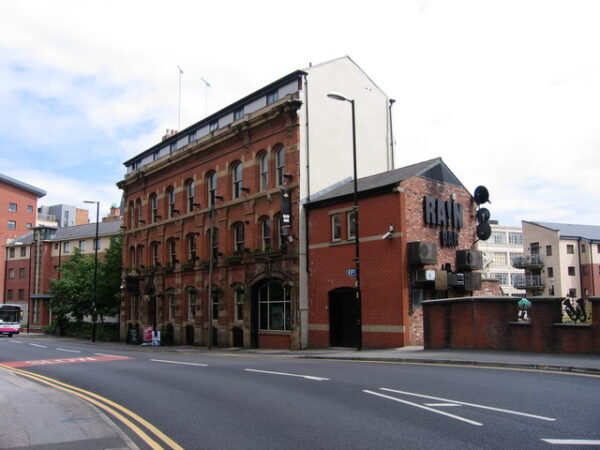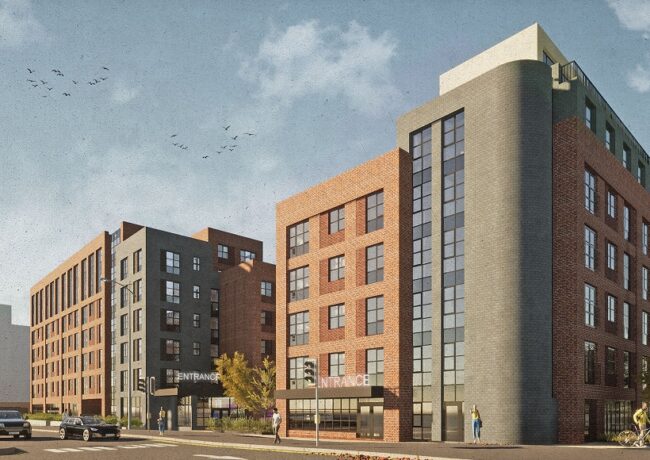What next for hospitality after Eat Out to Help Out ends?
The arrival of September signals the end of the Government’s Eat Out to Help Out scheme. The initiative, designed to boost restaurants’ revenues at a time of reduced footfall, has been widely praised by commentators, although there are still concerns over the future of the sector amid the uncertainty caused by the pandemic.
Announced by Chancellor Rishi Sunak in July as part of a plan to help the ailing hospitality sector, Eat Out to Help Out ran throughout August, providing customers with 50% off meals from Monday to Wednesday with the Government reimbursing the other 50% to participating restaurants, up to £10 per person.
In the first three weeks, the scheme was used 64 million times, according to figures from the Treasury, and the success of the initiative has prompted several restaurants to launch their own discounts to keep customers coming back.
Pizza Hut has announced it will continue to offer 50% off meals this month while Wetherspoons has launched the Stay Out to Help Out scheme, offering reductions on food and drink until 11 November.
However, while large businesses can afford to drop their prices without the help of a Government subsidy, there is concern that independent traders that can’t will suffer.
‘Manchester city centre is dead’ – William Lees-Jones, managing director of JW Lees
Ellie Grimshaw, co-owner of Parmogeddon, an independent food trader operating out of Bruntwood’s Hatch on Oxford Road in Manchester, said she had been surprised how busy trading was as a result of Eat Out to Help Out.
“We weren’t really sure what to expect, we thought we may be slightly busier but not to the extent we were. We thought it would only really be the bigger restaurant chains that would benefit but it did feel like it was an incentive for people to support smaller businesses and independents.”
She added: “It has helped the industry by encouraging people to visit restaurants but it also does feel like it is delaying the inevitable for some businesses who will face a big decline in footfall once again.
“We are now also up against the bigger restaurant chains and establishments who can afford to continue the offer, while businesses such as ours cannot.”
Another firm that won’t be continuing to offer discount in September is the Middleton-based brewer and landlord JW Lees.
Managing director William Lees-Jones said the success of the initiative had been “unbelievable” but added that it was important that companies didn’t become “addicted to discount”.
“Rishi said to people ‘it is okay to leave your houses’. People have come out and seen that it is safe to be in a pub,” he said.
While Lees-Jones said the scheme had had a positive impact on many pubs in suburban areas – of which a number reported a 30% increase in sales year-on-year last week – he conceded that the additional restrictions imposed on Greater Manchester had dampened its effect.
Rain Bar in Manchester, usually JW Lees’ busiest pub, remains closed because the city centre is “dead”, Lees-Jones said.
“London is even worse. We need workers and tourists and I don’t think Eat Out to Help Out has helped city centres much,” he said.
Worries about the future of city centres are growing as large numbers of workers continue to work from home with Government continuing to wrack its brains about how to end the city centre stand-off.
Liverpool and Blackpool benefit
In Liverpool, though, Sunak’s initiative resulted in a 27% increase in footfall compared to July when restaurants first reopened, according to figures from Liverpool BID Company.
However, Bill Addy, chief executive of Liverpool BID Company, said new ways of supporting the hospitality sector needed to be thought up.
Addy said: “The scheme has provided a much-needed boost for Liverpool’s hospitality sector and the city itself.
“The hard work isn’t over, however, and as the scheme ends we’re looking at how we can continue to support our retail and hospitality businesses, significantly at ways in which we can continue to support outdoor dining later in the year.”
Thinking about how to maintain the bounce brought about by Eat Out to Help Out is a headache that council’s and businesses across the country are trying to find solutions to now that the initiative has run its course.
According to data from think tank Centre for Cities, Blackpool tops the charts nationally in terms of how well footfall is recovering, according to data gathered using Locomizer, a piece of location software which uses anonymous mobile data to calculate footfall.
Alan Cavill, head of regeneration at Blackpool Council said the town had been busy throughout August and, while anecdotal evidence suggests it was a success, he was not sure if Eat Out to Help Out was the main reason for increased activity.
“For Blackpool, if the weather has been good we have been busy, no matter what day it was,” he said.
“Rural destinations and seaside resorts have benefited from people’s concerns about the virus because the fresh air gives people that feeling of being a little safer.”
A telling time
In the coming months Cavill said he hopes Blackpool’s appeal will endure, even if the weather doesn’t.
“Blackpool is good in good weather but also better than a lot of places in bad weather. September and October will be a telling time,” Cavill said.
While the end of Eat Out to Help Out will be a blow to many businesses, the issue of the paying rent and the end of the furlough scheme are more pressing, according to Thom Hetherington, chief executive of the Northern Restaurant & Bar Show.
“September and October will be crunch months. Some sort of support around the end of furlough and rent is what is needed. There needs to be honest and constructive dialogue between landlords and operators about how they move forward over the next six months.”
- Hear more at the Future of Retail + Leisure event on 17 September






